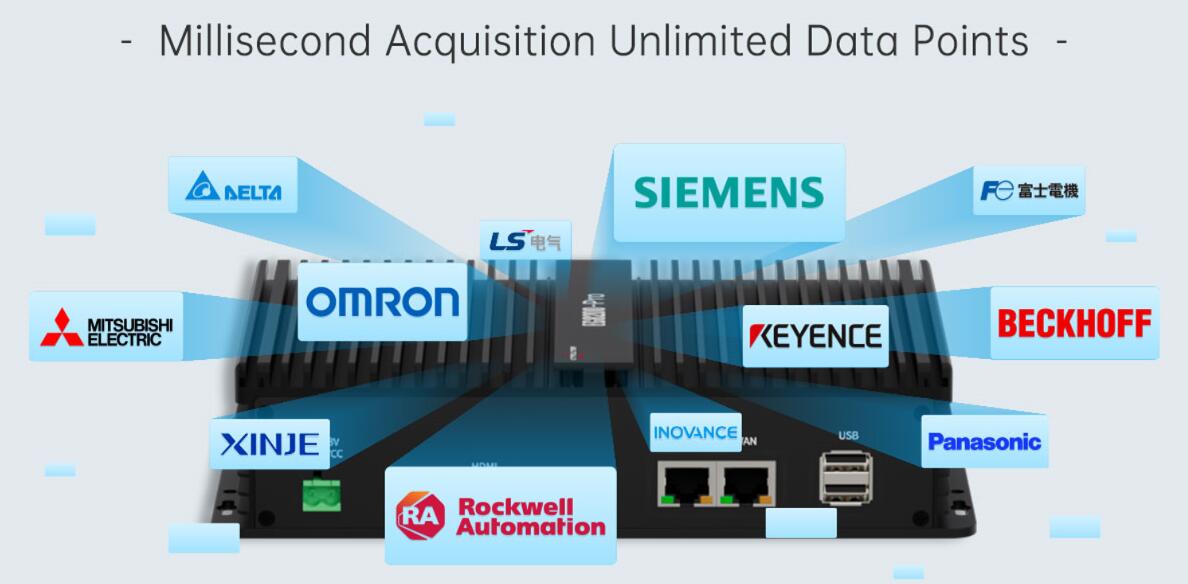The utility of IoT data integration stems mainly from the sheer volume of data collected, the variety of data collected through different sources, and the accuracy of the data collected. However, the same factors also act as barriers to IoT data integration. The increasing number of connected devices that constantly collect data from the edges of the enterprise network makes it more difficult for organisations to keep track of all the data flowing in from different directions. The utility of IoT data integration stems mainly from the sheer volume of data collected, the diversity of the same data collected through different sources, and the accuracy of the data collected. However, the same factors also act as barriers to IoT data integration. The increasing number of connected devices that constantly collect data from the edge of the enterprise network makes it more difficult for organisations to keep track of all the data flowing in from different directions.
Additionally, all data collected from endpoints comes with a lot of noise, duplicate information, and other types of issues that make the data difficult to use. As a result, it is critical to cleanse data and make it usable before compiling all data into a single repository, such as a data warehouse. This increases the need for investment in dedicated tools, processes and people to perform data cleansing and structuring.
In addition, the diversity of IoT device vendors and the potential incompatibility of their products with those of other vendors is also an issue. Due to the large and diverse number of devices required to complete an IoT network, organisations end up using devices made by different suppliers, leading to incompatibility and security issues. In addition, the standardisation of data collected by different devices also becomes a challenge. Since different sensor devices can be calibrated differently, the accuracy of results collected from sensors made by different suppliers may vary. This may compromise the reliability of the analyses used in the data.
To overcome these and other challenges to IoT data integration, organisations must proactively identify them and their implications. Then, use a variety of methods to develop solutions, namely through the right strategies, practices, and technologies.
Overcoming IoT Data Integration Challenges
By combining new policies, practices, and tools, organisations can address data integration in the IoT. Enterprises should design a scalable IoT day integration system and embed it into their IoT adoption plans. Here are a few ways that enterprises can overcome IoT data integration challenges:
1. Develop A Clear Iot Data Integration Strategy
As mentioned earlier, enterprises should develop an email IoT data integration strategy before embarking on an IoT journey. To do so, organisations must understand the scope of the IoT project, its impact, expected challenges and opportunities, and potential solutions. Anticipating challenges and preparing for data integration challenges at an early stage will help prevent the creation of data silos so that future opportunities are not missed. Setting goals and developing a consistent strategy for IoT projects will enable organisations to incorporate data integration into their core IoT architecture. Developing a data integration strategy helps with subsequent steps, such as coming up with communication requirements, i.e., the required communication patterns between different devices and parts of the IoT network. It also helps to define the requirements for edge computing in different parts of the IoT environment. This ensures that the central data warehouse is not flooded with unnecessary data that has little or no strategic utility.
2. Leveraging APIs for IoT Communication
IoT networks are primarily smart, software-driven devices that need to communicate with each other. Using Application Programming Interfaces (APIs) is the simplest but most effective solution to enable communication between devices and overall network and data integration. The use of APIs and other widely compatible middleware can help address any data quality discrepancies that occur as data is transferred from the edge to the data centre. Organisations should commit to using APIs as the primary tool for IoT data integration.
3. Use An Integration Platform
Enterprises can use cloud platforms to unify the operations of their entire network on a single platform. There are many Platform-as-a-Service (PaaS) providers that offer solutions for large-scale IoT implementations. Enterprises can also benefit from the emerging field of integration platforms, a service that specialises in large-scale integration. Organisations seeking to harness the vast amounts of data generated by the IoT should not overlook the importance of data integration in the IoT. This is because, while the automation, visibility and control provided by IoT technology can undoubtedly improve business operations in the short term, gaining a real competitive advantage means utilising the vast amounts of data generated by the IoT to make a real impact.
